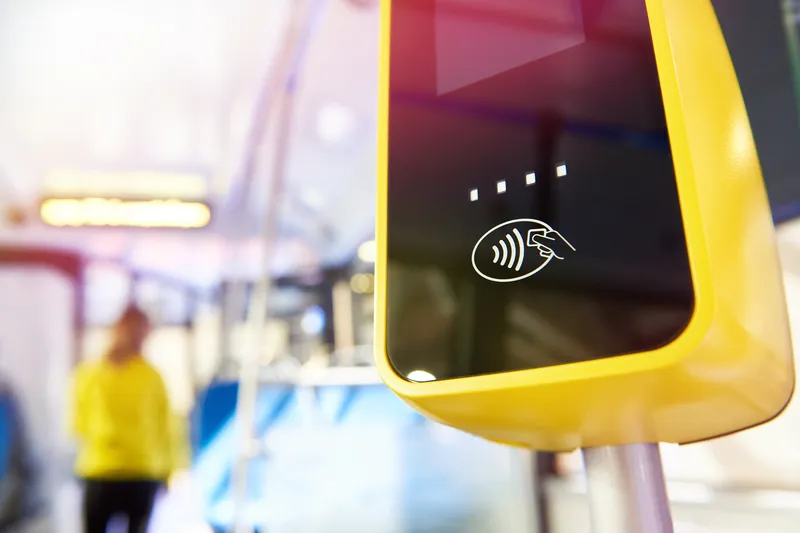Vaxtor Corporation’s (Vaxtor) advanced LPR analytics platform can now be deployed across
The Vaxtor LPR solutions include the capture of OCR, MMR (year, make and model of vehicles), USDOT, Railway, Container, Red Light and Wrong Turn detection integrations. The analytics are said to recognise letters, numbers and symbols both vertically and horizontally. Ocularis is available as a professional model for organisations operating multiple locations with small to mid-sized camera counts as well as an Enterprise version for a range of mid to large IT-centric companies. In addition, the Ultimate model is aimed at large clients with extended command and control needs and recording server failover.
Michael Deutsch, executive management consultant, Vaxtor, said: “The integration of our LPR and OCR analytics provides highly functional and reliable data capture capabilities. End users can now capitalize on the valuable rich data contained in printed text and numbers, with the confidence that the information is both highly accurate and instantly accessible.”
Onssi and Vaxtor partner on license plate recognition integration
Vaxtor Corporation’s (Vaxtor) advanced LPR analytics platform can now be deployed across Onssi’s Ocularis VMS platform to recognize, capture and archive data on license plates, railway vehicles, U.S. Department of Transport (USDOT) numbers and more as part of an integration partnership between both companies. The agreement, according to Onssi’s Ken LaMarcam VP of sales & marketing, allows the solution to deliver a range of security and operations data to meet the specific challenges of the transportation
February 12, 2018
Read time: 2 mins










